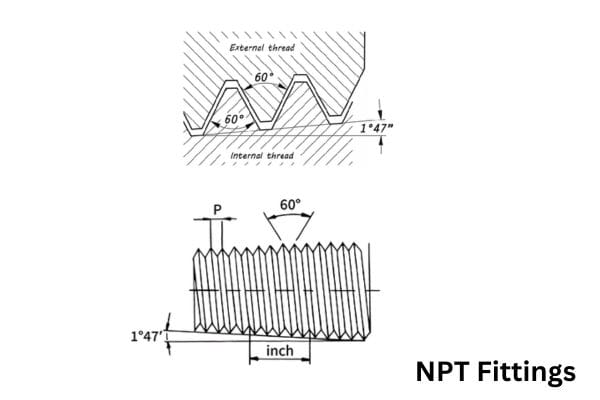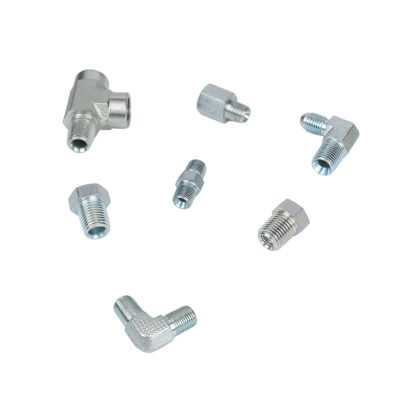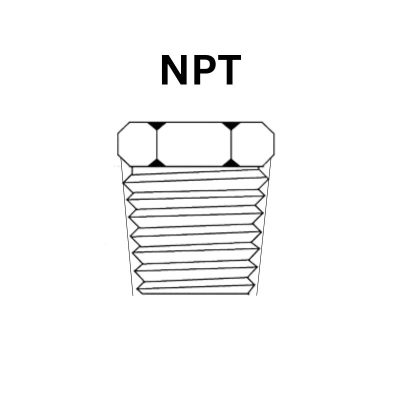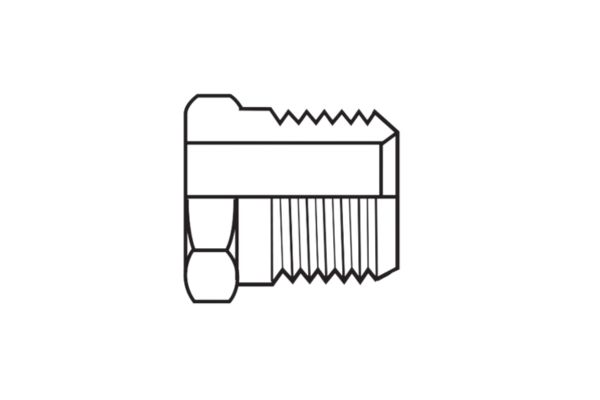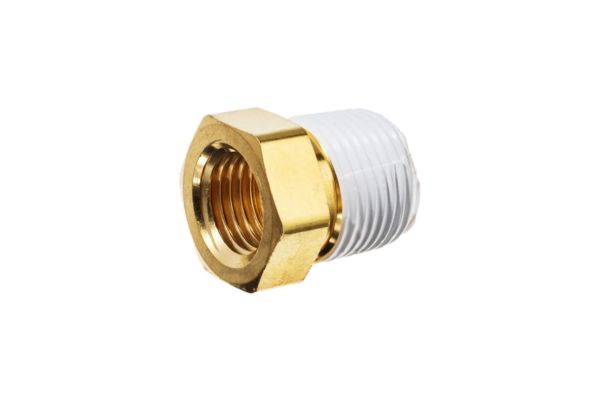
FAQ
What is NPT hydraulic fittings?
NPT is National Pipe Taper, U.S. standard for tapered threads, widely used on pipes and fittings for over 100 years. NPT thread sealed forming metal to metal.
What is the difference between MPT and NPT hydraulic fittings?
MPT and FPT are both sub-types of NPT. MPT is male NPT and FPT is female NPT thread hydraulic fittings.
How do NPT threads work?
NPT hydraulic fittings is National Pipe Taper sealed by metal to metal sealing design, where the male and female thread form together.
Is JIC better than NPT hydraulic fittings ?
JIC fittings have a 37° flare angle, while NPT hydraulic fittings rely only on their tapered threads for sealing.JIC and NPT fittings are not to be mixed, they are subject to different pressures and have different sealing properties. NPT can be sealed by tightening the fitting.
Is SAE the same as NPT hydraulic fittings ?
The biggest difference is that SAE threads are straight threads and require additional O-rings, gaskets or sealing surfaces to create a seal; NPT threads are tapered threads and use their pitch to create a seal.
Is NPT measured by ID or OD?
NPT hydraulic fittings are listed by inside diameter (I.D.) The outside diameter (O.D.) of the thread is typically about 1/4 (0.250) in.
What's the difference between NPT hydraulic fittings and NPTF?
NPT (National Pipe Taper) is a general purpose tapered pipe thread and NPTF (National Pipe Taper Fuel) is a dry seal tapered pipe thread. NPT connections require thread sealant. NPTF connection creates a leak-proof seal without the use of a sealant
How tight should the NPT threads be?
Tight the NPT hydraulic fitting 2-3 full turns to the maximum size after hand tightening. You should have left 3.5 to 6 engaged threads.
How much pressure can NPT threads hold?
NPT type gauge fittings with a maximum working pressure of 15,000 psi (1050 bar).
Can you reuse NPT fittings?
Reusing NPT hydraulic fittings is not recommended. It can cause wear or increase the potential for leakage.

























